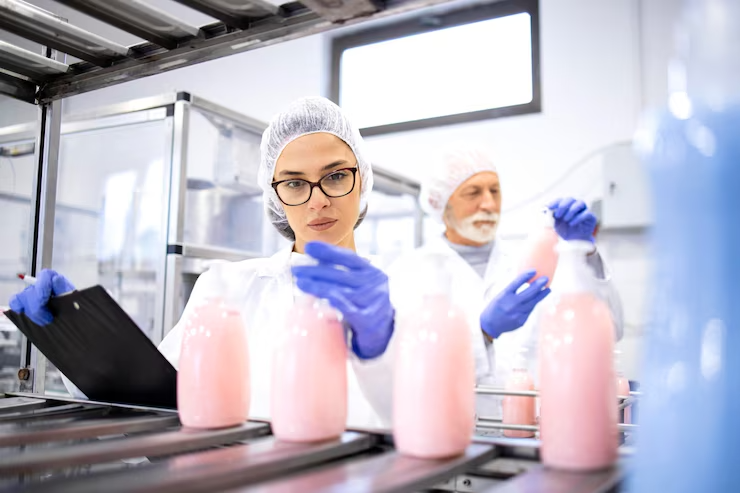
Microplastic Analysis in Cleaning Products: How to Measure Environmental Impact
Microplastic Analysis in Cleaning Products: How to Measure Environmental Impact
Contents
Is Your Clean House Polluting the Environment?
From laundry detergents to dish soaps and surface cleaners—our cleaning habits might be releasing invisible pollutants. Through microplastic analysis, we can identify and eliminate the hidden environmental risks in our daily cleaning products.
What Are Microplastics and How Are They Related to Cleaning Products?
Microplastics are plastic particles smaller than 5 mm. They can be intentionally added to cleaning products as abrasives or thickeners. Once rinsed, they enter water systems, harming marine life and potentially affecting human health.
How Is Microplastic Analysis Conducted in Cleaning Products?
During cleaning product analysis, the following techniques are used to detect microplastics:
- Filtration & Spectroscopy: Samples are filtered, and particles are identified using FTIR or Raman spectroscopy.
- Gravimetric Method: Measures the weight of non-dissolvable solid residues.
- Microscopic Observation: Determines the size and shape of microplastic particles.
Which Products Can Be Analyzed for Microplastics?
| Product Type | Reason for Analysis |
|---|---|
| Laundry detergents | Potential presence of insoluble polymers |
| Dishwashing liquids | Residue left on dishes post-rinse |
| Surface cleaners | Direct drainage into wastewater systems |
| Toilet tablets and gels | Complex formulations may include microplastics |
Why Is It Important for Environment and Brand Reputation?
Consumers are increasingly environmentally conscious. Products free from microplastics are in higher demand, making analysis not just an ecological necessity but also a brand differentiator.
Eco-Friendly Solutions with TTS Laboratory
Ensure your cleaning products are safe and sustainable with laboratory services from TTS Laboratory. Advanced equipment and expert teams help your brand align with eco-standards and consumer trust.
Making the Invisible Visible
Microplastics may be tiny, but their effects last for decades. Whether you’re a producer or consumer, awareness and action are the keys to change. Start with analysis, lead with impact!
Frequently Asked Questions (FAQ)
Why is microplastic analysis important?
To prevent environmental pollution and ensure human safety by identifying products that contain microplastics.
Which ingredients in cleaning products may contain microplastics?
Abrasive agents, foaming boosters, and polymer-based compounds are common sources.
How does TTS Laboratory conduct these analyses?
Using advanced FTIR spectroscopy, microscopy, and gravimetric methods for accurate results.

